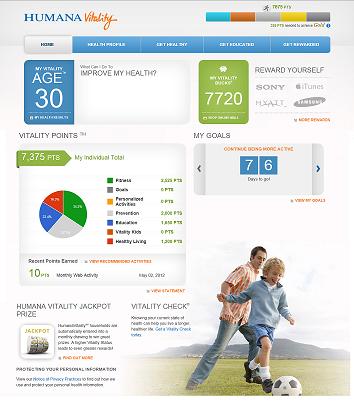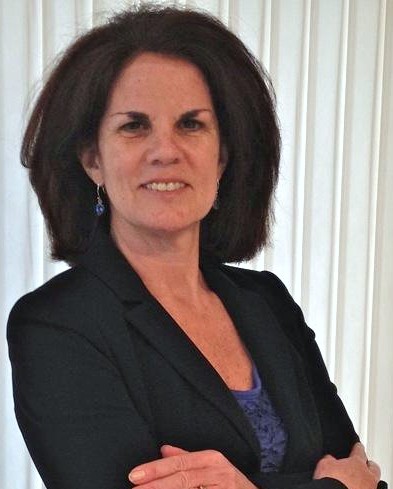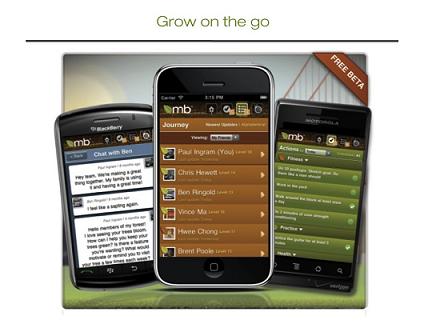 With the weak economy and strong pressure from healthcare reform, employers are investing in new approaches to lower healthcare costs and lift employee productivity. Increasingly employers are investing in strategies to engage employees in their own health and reward them to motivate needed behavior change.
With the weak economy and strong pressure from healthcare reform, employers are investing in new approaches to lower healthcare costs and lift employee productivity. Increasingly employers are investing in strategies to engage employees in their own health and reward them to motivate needed behavior change.
According to the recent Annual Towers Watson/National Business Group on Health Employer Survey on Purchasing Value in Healthcare, employers indicated that two of their top three healthcare strategies for 2012 are to “develop/expand healthy lifestyle activities” and “adopt/expand use of financial incentives.”
In July 2011, Humana launched their HumanaVitality program, which is designed to both guide and reward the employee for participating in their health and making better lifestyle decisions. “Our members tell us that they are hooked as soon as they use the Vitality Age app to determine their age and learn about how their behaviors influence their health. And as they participate in the HumanaVitality program, members interact with the Vitality Age app to see how they are positively impacting their age,” explains Stuart Slutzky, chief, product innovation, HumanaVitality.
Although employee incentive programs around health are not new, Humana has incorporated several innovative strategies into their Vitality solution.
Personalized Program Design: “We are using information from the employee’s health assessment, claims information and online health behaviors to personalize their pathway,” describes Stuart. Each member sees a set of recommended activities and has the option to select any of over 30 activities to gain points.
In addition to an individualized approach, Humana has decided to test a segment strategy after determining that the pathway is similar for members that are moving through a life stage change. Humana has created a special pathway for expectant mothers, as their first target segment. This means that members who are pregnant view a special set of activities and programs that are relevant to remain healthy throughout their maternity.
Program Reward Structure: Humana has designed their program with different status levels for reward attainment. “Our members begin with a blue status and can move up four tiers to platinum over time as they collect enough Vitality Points™. When climbing to a new status level, they unlock a larger discount in the rewards mall,” shares Stuart. “Humana is also working closely with small group employers in select states to offer a premium reduction based on the percent of employees that achieve silver or higher Vitality Status. Employers may choose to pass the premium reduction to employees reaching silver, gold or platinum Vitality Status." This premium discount is in addition to rewards individual employees can redeem in the HumanaVitality Mall based on their own points earned.
Humana has defined the mall to appeal to members that have different motivations. “Spenders” can get instant gratification by purchasing with their Vitality Bucks. “Savers” can accumulate their bucks for larger prizes. Soon “Givers” will be able to donate their rewards to charity.
Through their “Jackpot Rewards,” Humana uses a gaming mechanic of randomness to select a program participant to win prizes, which are based on their status level. For example, blue status member can win movie tickets or yoga mat but a platinum status member can win a flat-screen television or iPad.
Program to Program Connection: “Our members get rewards points when they enroll in one of our health programs. We are working on rewarding the member with more points for ongoing participation in our health program such as Weight Management. In addition to tying rewards for coaching program usage, our coaches can see the member’s efforts and earnings to date and can promote different point opportunities during their interactions to motivate the member,” Stuart explains.
Consumer-Driven Program Development: The HumanaVitality team listens closely to members participating in the program. They have set up a process to gather feedback that members share through the email and call center channels, as well as Facebook and Twitter, and the team discusses these ideas and suggestions to define program enhancements. “Recently, we heard one of our members ask us to provide points when their kids participate in athletic events. This was a great suggestion and is now another activity that we reward under the program.”
Program Success Evaluation: One key program measure is participation. Humana has expanded the ways that members can participate to earn points including obtaining preventive screenings, exercising regularly, donating blood, getting CPR-certified and quitting smoking. The newest way for members to earn points is by playing their Ubisoft “Your Shape” fitness game on their Xbox.
HumanaVitality’s Future Direction for Engagement
The HumanaVitality team is working on developing a deeper personalized experience by looking at the member’s past behaviors and recommending healthy activities, which match her interests. This is similar to the way Netflix suggests movies based on past viewing behavior.
Humana is also gathering lots of data on how consumers are using their rewards program. “We are applying data analytics to evaluate program engagement beyond participation. We will look at status level movement and actions tied to behavior change,” explains Stuart.
“In the future we will continue to expand the program to ensure we’re providing support and optimizing outcomes for all members – from members with severe conditions to marathon runners,” added Stuart. “New reward partnerships will ensure the program provides relevant and aspirational rewards that foster improved health.”
 Health and Wellness Incentives & Rewards,
Health and Wellness Incentives & Rewards,  consumer engagement evaluation,
consumer engagement evaluation,  educating consumers about health and wellness,
educating consumers about health and wellness,  research on consumer health,
research on consumer health,  social eHealth gaming in
social eHealth gaming in  Behavior Change Health & Wellness,
Behavior Change Health & Wellness,  Consumer Segmentation Health,
Consumer Segmentation Health,  Data Driven Health Engagement,
Data Driven Health Engagement,  Employee Engagement Health & Wellness,
Employee Engagement Health & Wellness,  Mobile Engagement Health & Wellness
Mobile Engagement Health & Wellness 





